A leaking May and a warm June
Bring on the harvest very soon.~ Scotch
Time for thought in the fields
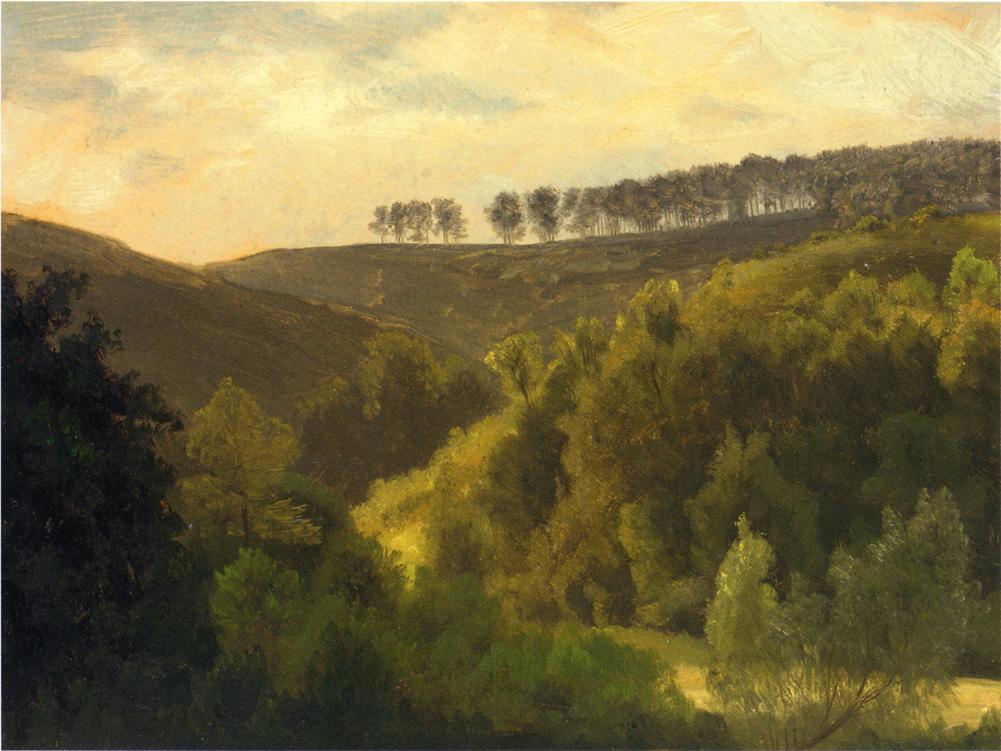
I found this entry several weeks ago in “The New England Farmer; A Monthly Journal Devoted to Agriculture, Horticulture, and their Kindred Arts and Sciences;” 1855. I keep returning to it, imagining the benefits of this agricultural lifestyle – and time for thought in the fields. I’m sure I’m romanticizing it a bit, but trading in my morning commute with irate drivers and accidents for time out in the fields reflecting or sitting in front of a blazing fire doesn’t seem like such a bad trade off.
This poem about crop rotation will make the benefits easy to remember
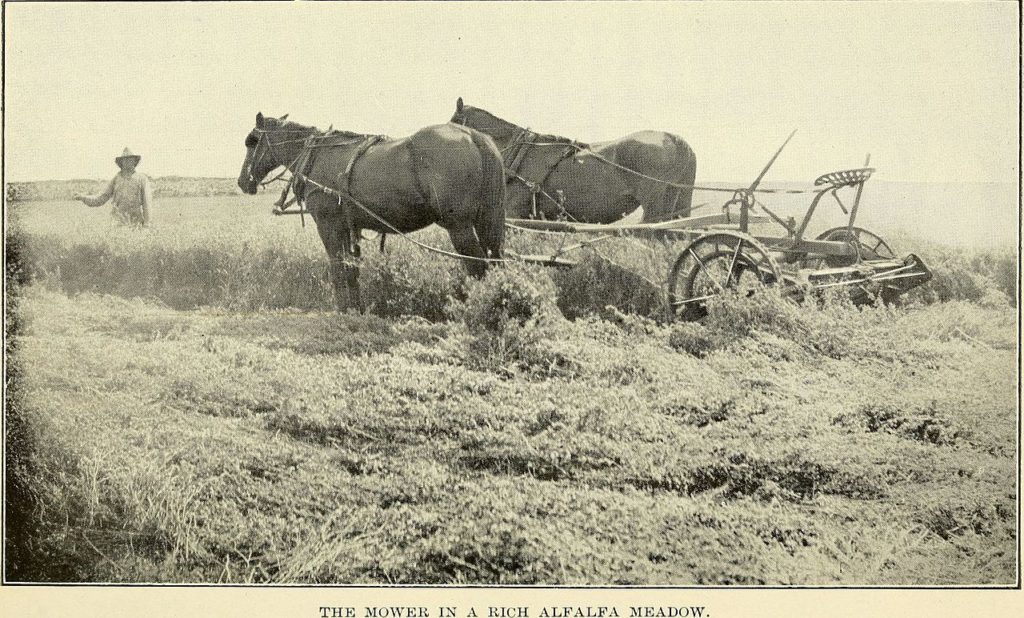
The Rotation of Crops
By Sereno Edwards Todd
From The New York Tribune
The rotation system, which good tillers fix,
Embraces five seasons, and sometimes full six.
When one crop succeedeth through many long years,
Each harvest decreaseth, and dwarfeth the ears.
If herds of neat cattle or sheep be thy care,
Then grass in rotation must form a good share.
When corn, barley, clover, and turnips, and wheat,
Comprise the rotation, field peas will be meet.
Ere ploughing and sowing, the tiller should know
What crops the ground liketh the better to grow.
First, break up thy grass land and plant it with corn;
The field, the next season, let barley adorn.
Succeeding the barley, sow buckwheat or oats;
Then harvest a pea crop to nourish your shotes.
Oft ploughing and teasing and weeding the ground,
With liberal compost scattered around.
And sprinkled with ashes to make the land sweet,
With lime and some bone-dust to fatten the wheat.
The next, in rotation, a crop of red clover:
When blossoms are fragrant, then let the plough cover.
A six-years’ rotation now beareth the sway,
And showeth the tiller a progressive way;
A six years’ rotation will cattle increase;
Will multiply bushels and debtors release.
A six years’ rotation, when fairly begun,
Will harvest two bushels where now groweth one.
A six-years’ rotation, as all will agree,
Two years’ yield of clover is better than three.
When poor soil needs succor, to keep the land clean,
Grow clover and sowed corn to turn under green;
But where fertile muck and light soils abound,
Arrange the rotation as suiteth the ground.
How to make an ice house
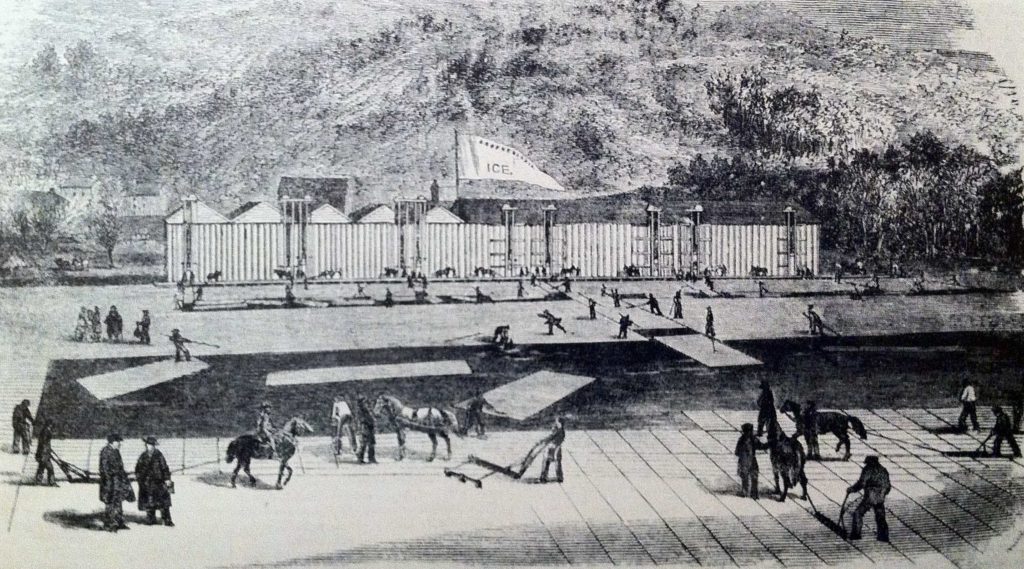
With the temperature expected to reach 94 degrees today in Cleveland, Ohio, this introduction of how to make an ice house seems timely and comes courtesy of “The New England Farmer; A Monthly Journal devoted to Agriculture, Horticulture and their Kindred Arts & Sciences, Volume VII.”
Home Remedies for Sleeplessness
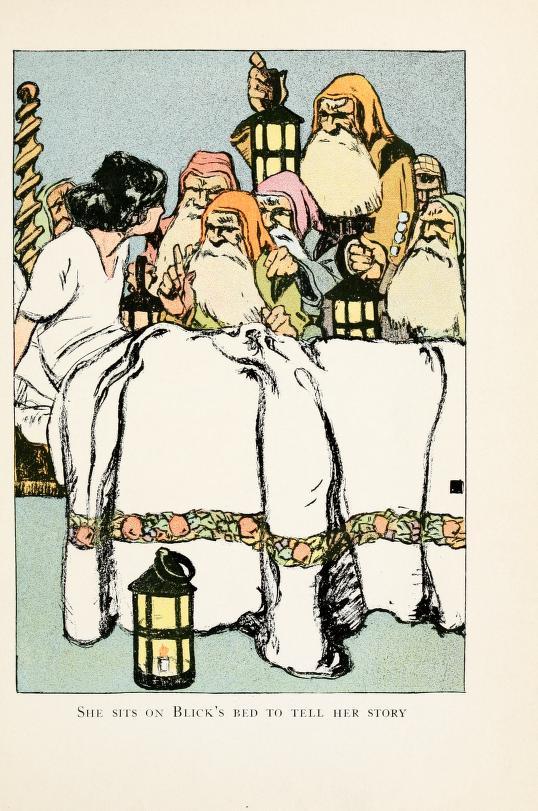
Sleeplessness seems to be a reality in our modern culture. Everyone has their own sleep patterns and what is normal for one person is not normal for another. One of the more modern culprits for lack of sleep is probably our smart phones. I find myself being guilty of checking facebook before I go to bed and I have to make a conscious effort to set the alarm and set the phone down. Having said that, it’s ironic that one of the best ways I’ve found to help break from the day’s issues and worries is using a breathing app on my phone. There are several out there but the one that I’ve had luck with is Universal Breathing – Pranayama, by Saagara. The version I downloaded was several years ago and free at the time. The new app (which looks similar but that I haven’t tried) is $4.99. What was once old is new again. Just remember this when you get to number 7 on the list below.
An Overview of the Uses and Care of Oak

This selection came from “The Household Encyclopaedia; or, Family Dictionary of Everything Connected with Housekeeping and Domestic Medicine Vol. II,” by an Association of Heads of Families and Men of Science, 1859. It provided a nice overview of the oak tree and how to care for oak floors. As with any vintage perspective, I found myself looking up several terms and have provided links to definitions.
Vintage Mint Julep recipes for your Kentucky Derby party!
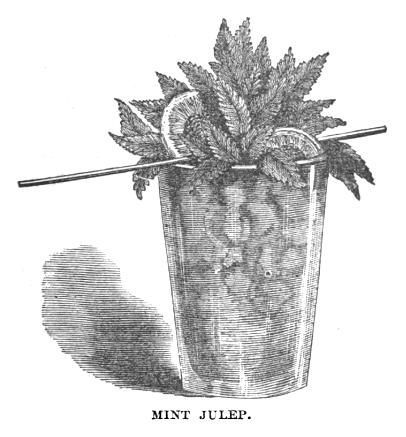
In preparation for the Kentucky Derby this Saturday, May 6th, I found these mint julep recipes in the book “How To Mix Drinks, or The Bon-Vivant’s Companion, Containing clear and reliable directions for mixing all the beverages used in the United States, together with the most popular British, French, German, Italian, Russian, and Spanish recipes, embracing punches, juleps, cobblers, etc., etc., etc., in endless variety,” by Jerry Thomas – formerly principal bar-tender at the Metropolitan Hotel, New York, and the Planter’s House, St. Louis. 1862.
An Introduction to Vintage Cocktails

From time to time, I would like to feature classic cocktail recipes that I find in my research. I have been fascinated by the variety and history behind some of the vintage cocktails that I have encountered – from a particularly memorable afternoon sampling absinthe for the first time at Antoine’s in New Orleans (no – I didn’t go blind), to visiting a prohibition-style cocktail bar in San Antonio, I have fond memories in my travels involving vintage libations and would like to explore the world of classic cocktail making further.
I found a particularly useful introduction to cocktails in “The Gorham Cocktail Book,” 1905.